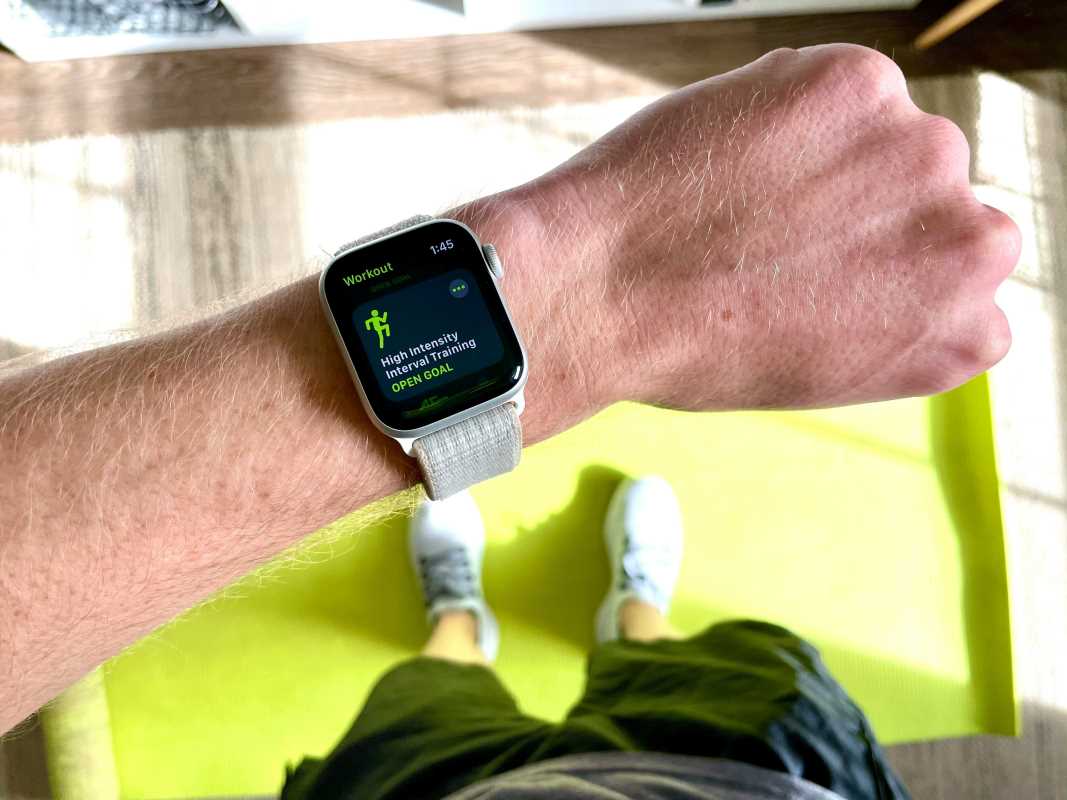Recovery is a critical, yet often overlooked, aspect of health and fitness. While pushing your limits can lead to gains in strength, endurance, and overall performance, excessive training without adequate recovery can lead to burnout. Burnout isn’t just physical exhaustion; it encompasses mental and emotional fatigue too, leaving you demotivated, sore, and, worst of all, injured.
The good news? Recovery is within your control, and prioritizing it can not only prevent burnout but also elevate your performance and enjoyment in fitness. Below, we’ll walk you through five of the best recovery techniques to keep your body and mind in shape while helping you avoid the dreaded plateau or overtraining pitfalls.
1. Incorporate Active Recovery
It might seem counterintuitive, but sometimes the best way to recover is to keep moving. Active recovery refers to low-intensity activities that promote circulation, reduce muscle soreness, and speed up recovery between workouts.
Why Active Recovery Works
After a tough workout, your muscles need oxygen and nutrients to repair. Active recovery increases blood flow, delivering those essential nutrients while flushing out waste products like lactic acid. It also prevents stiffness and helps maintain your range of motion.
Ideas for Active Recovery
- Easy Yoga: Gentle yoga sessions can help you stretch tight areas while calming your nervous system.
- Casual Walks: Take a 20–30 minute walk in your neighborhood or a park to keep your body moving without taxing it.
- Swimming: A light swim is ideal for low-impact recovery, easing tension on joints and muscles.
- Foam Rolling and Mobility Drills: Self-myofascial release combined with light exercises will keep everything moving smoothly.
Active recovery is most effective when tailored to your intensity level. The key is keeping your heart rate low and focusing on movement quality rather than performance.
2. Stay on Top of Proper Hydration and Nutrition
Recovery starts with what you put into your body. Hydration and nutrition are the foundation of an effective recovery protocol, fueling your body with the resources it needs to repair and rebuild.
Key Tips for Optimal Recovery Nutrition
- Hydrate Wisely: Start hydrating immediately after exercise. Water is crucial to replenishing the fluids lost through sweat, but for longer or more intense sessions, a drink with electrolytes can help balance sodium and potassium levels.
- Eat a Balanced Recovery Meal: Include a mix of protein and carbohydrates to kickstart the repair of muscle fibers and replenish glycogen stores.
- Protein Sources: Chicken, eggs, fish, tofu, or a quality protein shake.
- Carb Sources: Sweet potatoes, oats, rice, or fruits like bananas and berries.
- Time Your Nutrition: Aim to eat within 30–60 minutes after finishing your workout, when your body is primed to absorb nutrients.
Your goal should be consistent fueling, not just post-workout. Balanced meals throughout the week keep your body equipped for both training and recovery.
3. Focus on Sleep Optimization
Sleep is often called the ultimate recovery tool, and for good reason. Your body does the bulk of its repair and growth while you sleep, making it non-negotiable for fitness enthusiasts. Chronic sleep deprivation can delay recovery, weaken your immune system, and even hamper gains in strength and endurance.
How to Get the Most out of Your Sleep
- Stick to a Sleep Schedule: Go to bed and wake up at the same time every day, even on weekends, to regulate your circadian rhythm.
- Create a Wind-Down Routine: Spend the hour before bed powering down electronic devices and engaging in relaxing activities like reading, meditating, or stretching.
- Optimize Your Sleep Environment:
- Keep your bedroom cool and dark.
- Invest in a supportive mattress and pillows.
- Reduce noise with a white noise machine or earplugs.
For athletes or those engaging in high-training loads, seven to nine hours of sleep per night is ideal. Sleep shouldn’t be your afterthought; it should be prioritized as much as your workouts.
4. Integrate Stretching and Mobility Work
Recovery isn’t just about letting your body rest physically; it’s also about enhancing mobility and correcting imbalances that can develop over time. Stretching and mobility exercises are essential for keeping your muscles limber, reducing joint stiffness, and enhancing overall performance.
Two Key Approaches:
- Static Stretching: Holding stretches for 15–30 seconds helps improve flexibility and reduce post-workout muscle tightness. Great examples include hamstring stretches, child’s pose, or a chest opener stretch.
- Dynamic Mobility Work: Moving actively through a range of motion, like lunges with torso twists or hip circles, improves mobility and warms up your joints.
Easy Mobility Routine to Try
Here’s a quick routine to give your body some love on your off days or after an intense workout:
- Hip flexor stretch (hold for 20 seconds per side).
- Cat-cow flow for spinal mobility (8–10 repetitions).
- Shoulder pass-throughs with a resistance band (8–12 repetitions).
- Low squat hold (30 seconds).
Mobilizing your joints daily can prevent aches and improve fluidity of movement, making every workout feel smoother and pain-free.
5. Don’t Forget Mental Recovery
Burnout isn’t purely physical; it’s often rooted in mental or emotional exhaustion. Fitness enthusiasts can sometimes fall into the trap of equating slowing down with a lack of progress, but mental recovery is essential to maintaining motivation, managing stress, and avoiding overtraining.
Effective Mental Recovery Practices
- Meditation or Breathing Exercises: Just 10 minutes of focused breathing or guided meditation can calm your nervous system and promote relaxation.
- Journaling: Reflect on your fitness goals, jot down your progress, or express gratitude for your body’s capabilities. This boosts motivation and mental clarity.
- Take Breaks from Fitness Content: Step away from the endless stream of social media content about training to give yourself mental space to relax.
- Engage in Non-Fitness Hobbies: Whether it’s painting, baking, or playing an instrument, non-fitness-related activities offer a fresh mindset and reduce stress.
Maintaining a fitness routine is a marathon, not a sprint, and recovery is a key ingredient in ensuring longevity and success. From active recovery and nutrition to sleep hygiene, mobility, and mental reset techniques, these methods are designed to help fitness enthusiasts recharge and come back stronger.
Remember, recovery isn’t about shortcuts; it’s about giving your body and mind the resources they need to rebuild. Prioritize these practices, listen to your body, and celebrate your progress along the way. With these expert-backed recovery techniques, you’ll conquer burnout and unlock your full fitness potential.
 (Image via
(Image via





